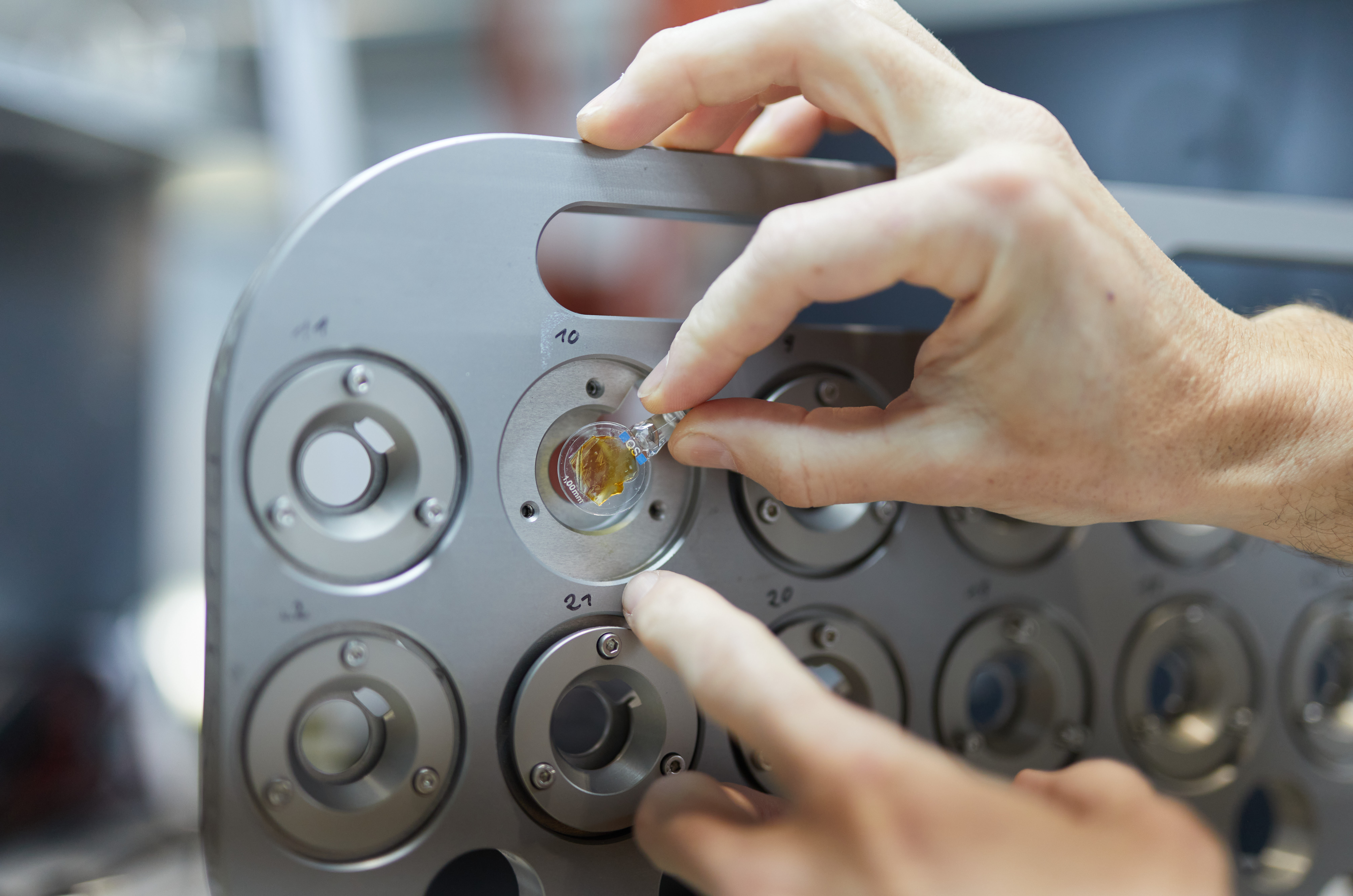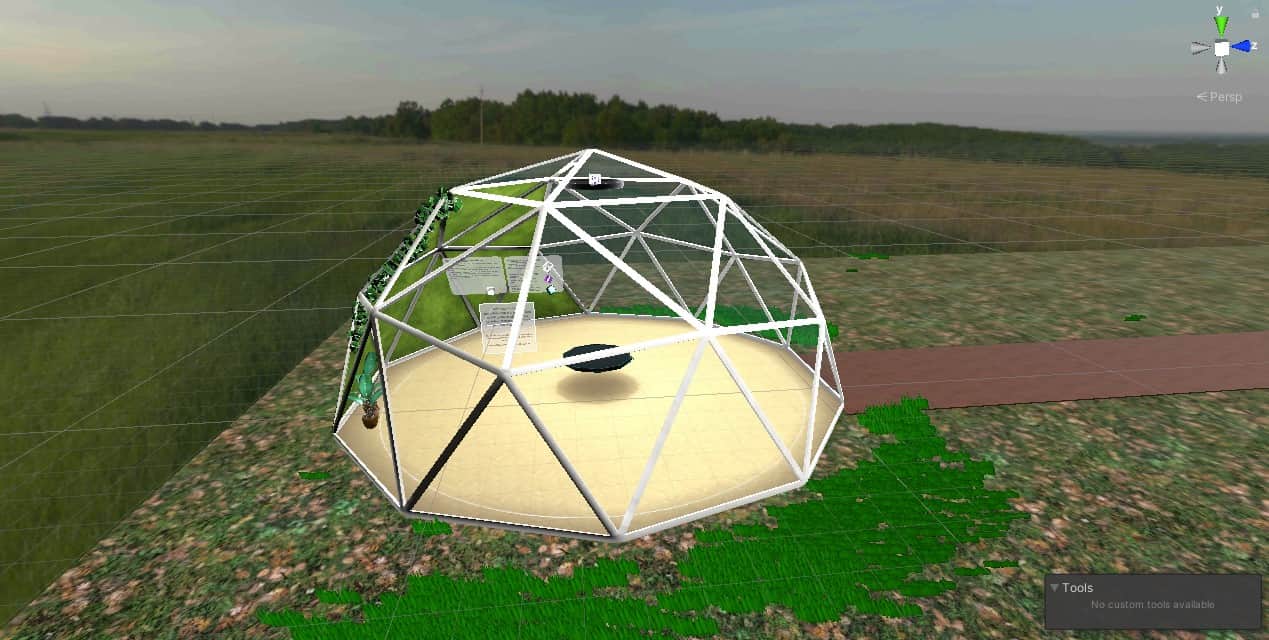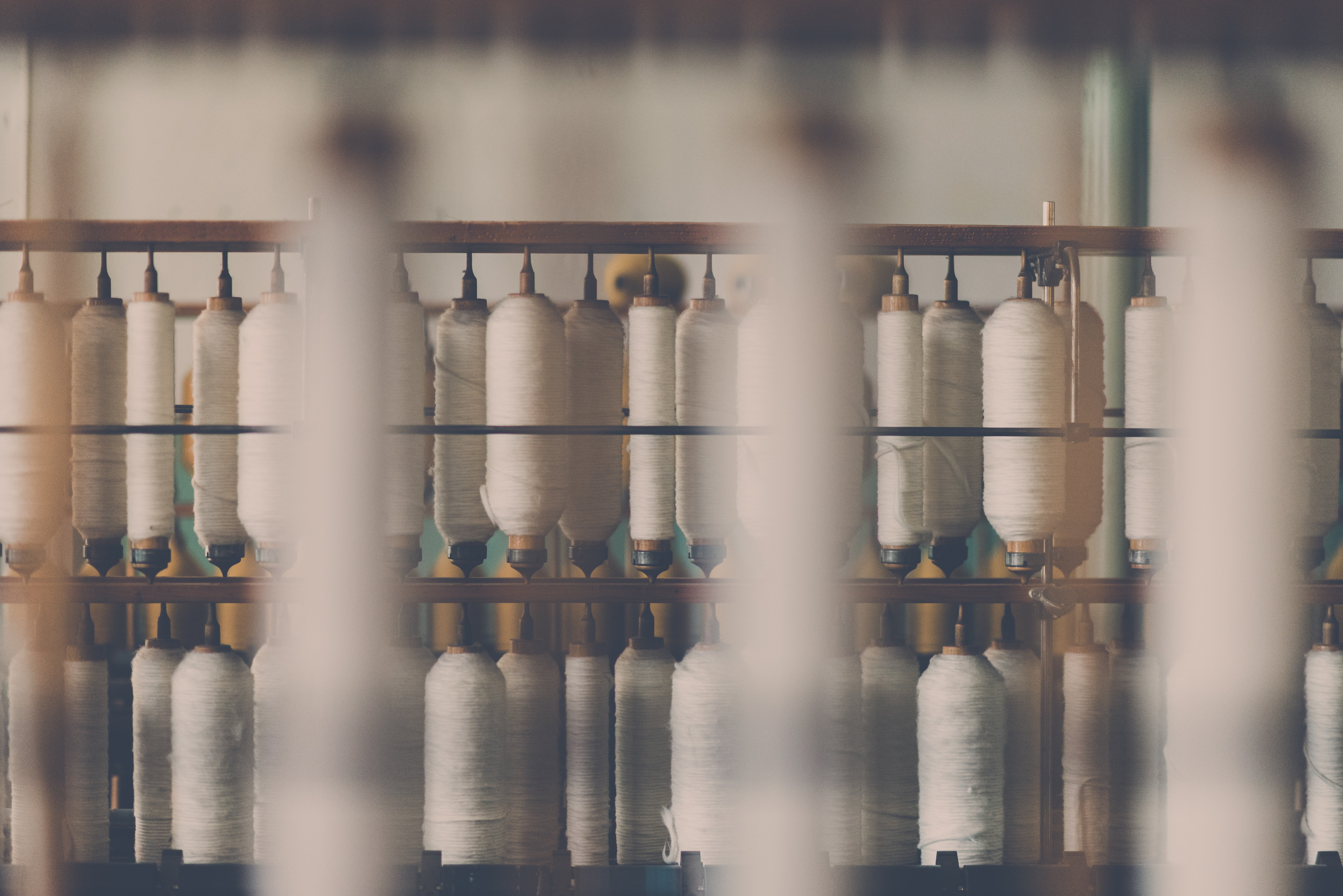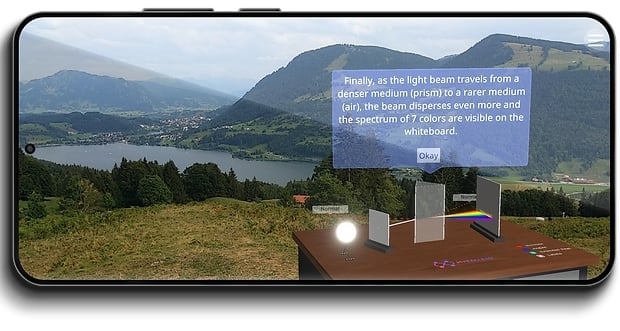
This year’s Take Festival in Vienna was for the first time the venue of a symposium dedicated to new technologies in fashion. A Take on Tech, the name of the event, was dedicated to innovative technologies in fashion production.
Take Festival is an alternative fashion festival that gathers the local art and fashion scene once a year and rethinks the fashion industry. Technology increasingly influences the work of young fashion designers, but working with technology is still a niche. Additional training and interdisciplinary cooperation is needed.
Veronika Kapsali from London is a spokeswoman who knows both sides. She followed her fashion design studies with a degree in textile engineering and later switched to research. As an expert in clothing comfort and biomimetic textiles, she has written several books and advised private and public organizations. These include the British and American military and the European Commission.
Survival Securing Technology
At the Take on Tech Symposium in Vienna, Kapsali spoke about the survival-securing function of clothing technology, as it was already decisive for ancestors. According to recent theories, there is a connection between the decline of the Neanderthals and their poor ability to produce cold protection clothing. They had the biological advantage of thicker skin and had to deal with the production of warming clothing later than other human species.
She sees a significant technological advance in recent times in the development of man-made fibers. Nylon (note: the trade name for polyamide) was developed by Dupont in 1935 as a recreation of silk, but brought completely new functions. Clothing made of nylon, spandex, urethane and polyester enabled the astronauts to survive in space during the first moon landing.
Technologies That Are Needed
Through wearables, 3D printing, clothing embedded LED systems, sound shirts and color changing materials, Kapsali came to the latest developments. The trend is steering away from superficial effects, towards sustainability and functional technologies that are really needed.
A sustainable solution for the fashion industry is biotechnologies such as those used by Modern Meadow. The company produces materials inspired by leather from cells, DNA and protein. The process can be planned according to structural and aesthetic characteristics and processed in environmentally friendly dyes and finishes.
Shape Memory
The much talked about space tourism can come, as Kapsali pointedly remarked. Dava Newman, professor of aeronautics, astronautics and technical systems at the Massachusetts Institute of Technology (MIT), developed Shrink Fit compression garments. In conventional space suits, the astronaut is in a gas balloon that provides the necessary pressure to stay alive in the vacuum of space. This is exactly what Newman wants to achieve with mechanical counterpressure directly on the skin.
The lightweight, stretchy Shrink Fitcompression garment features tiny, muscle-like twists that contract when exposed to heat. Once the wearer has slipped into the suit, the suit is electrically heated, and the material of the coils activates its shape memory to remember its constructed shape. This process can be reversed when the suit is taken off.
Finally, Kapsali reported on textile systems that transform into fully processed garments on contact with hot water – without additional treatment.

In the Photo: From left to right: Barnaby Caven, Kristina Dimitrova (Interlaced), Sophie Skach, Veronika Kapsali, Sabine Seymour;
A Take on Tech
Other speakers from the research area were Sophie Skach, designer and researcher at Queen Mary University of London, who uses sensors in textiles for conversation analysis purposes. Barnaby Caven from the Research Institute for Textile Chemistry and Textile Physics at the University of Innsbruck reported on the state of the art in stretchable technology. These are smart textiles that can be washed and crumpled. Sabine Seymour, former director of the Fashionable Technology Lab at Parsons The New School for Design in New York, is a multiple author, founder and CEO of SUPA and MOONDIAL. In Vienna, she reported on her latest project Tokenizing your Body– a DSGVO-compliant payment model for data. The target group is Generation Z, born in 1996 and later, who are authorized to manage their own data via the @suoa_ai app – and who are paid with tokens upon release.
The symposium was held in cooperation with Departure, the business agency of the City of Vienna.
Take Festival
Lidewij Edelkoort provided the inspiration for the Take Festival with her Anti-Fashion Manifesto from 2015, in which the trend expert predicted an implosion of fashion, among other things, because it lagged behind the times and relied on the exception rather than the rule with star designers and It-people. The rule, that is people who want to express their personality less through theatrical clothing, than through a tattoo or a daring hair color.
Art-Inspired
Fashion design in Vienna is art-inspired – and the young art scene also likes to refer to fashion. This results in many potential actors for the Take Festival. About forty positions are presented annually. Locations are public buildings in temporary dedication.
During the third edition of the Take Festival, which ran from 14th to 18th of May 2019, the abandoned rooms of the Sophienspital in the seventh district became a location. The installations, fashion objects, photos, presentations and screenings showed an experimental approach to fashion. In collaboration with the AV Festival, audiovisual contributions could also be shown, creating a new experience area for fashion.

Also interesting:
Rethinking Fashion in the Context of Technology
‘Feeling Trousers’ For Measuring Social Behaviour






